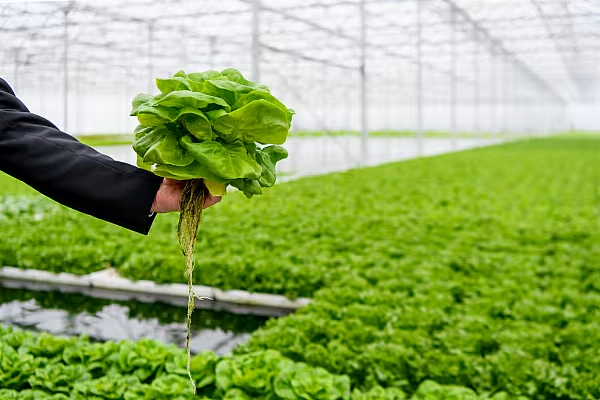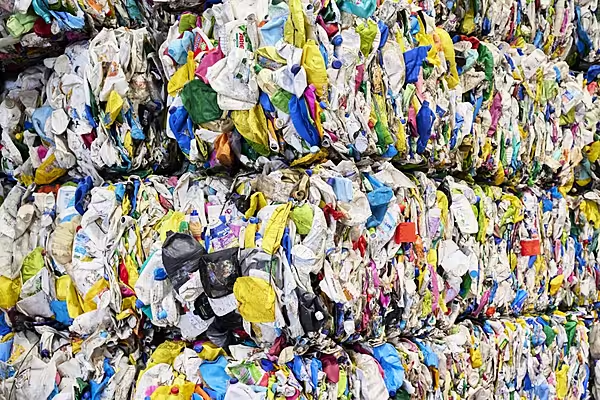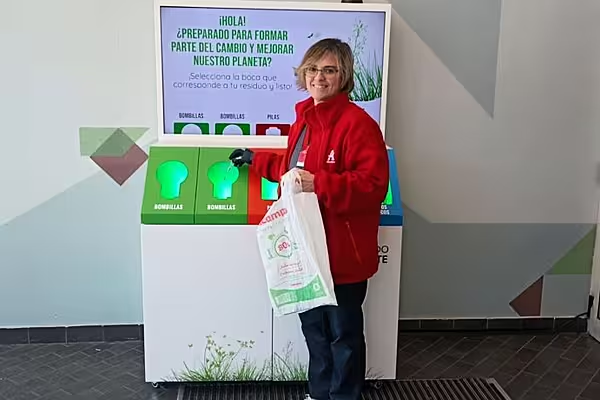Wastewater from aquaponics has the potential to be used for growing lettuce in hydroponic systems, according to a new study from the University of Illinois Urbana-Champaign.
The finding could help in creating a circular ecosystem for organic waste recycling and food production, the study noted.
The study involved testing of effluent from two aquaponic systems in combination with liquid residual from hydrothermal liquefaction (HTL).
HTL is an emerging technology that converts wet biomass to biocrude oil through a high-temperature, high-pressure process.
The process yields wastewater called 'hydrothermal liquefaction aqueous phase' (HTL-AP), which is rich in nutrients and can potentially be used as fertiliser.
Lead author Liam Reynolds, a doctoral student in the Department of Agricultural and Biological Engineering (ABE) at The Grainger College of Engineering at Illinois, stated, “We wanted to see if the naturally occurring microbes from fish waste in aquaponic systems could help convert the nutrients in HTL-AP into forms that plants can absorb.
“We focused on using wastewater for lettuce seed germination. Eventually, we’ll observe different stages of crop growth, including full-grown lettuce and other crops.”
The Study
As part of the study, Reynolds placed Buttercrunch lettuce seeds in Ziploc plastic bags on paper towels saturated with wastewater treatments for 10 days and measured seed germination rate and growth.
Thirty two trial solutions, combining different percentages of HTL-AP with wastewater, were tested as part of the research.
Researchers included standard hydroponic fertiliser and de-ionised water as control solutions in the trial.
Co-author, Paul Davidson, an associate professor in ABE, stated, “We found that solutions containing up to 8% HTL-AP are still viable for plant growth, at least in the germination phase. This is a higher percentage of HTL-AP than anybody has demonstrated before.”
In previous studies, Davidson’s research team used 2.5% HTL-AP.
Davidson added, “This makes it possible to recycle a waste stream that would otherwise go to a wastewater treatment plant, which takes up resources, or it would be discharged into the environment causing pollution.”
The study highlights the possibility of using aquaponic effluents to supplement or even replace standard liquid fertilisers.
However, at this stage more work is needed to ensure the right combination of wastewater to provide adequate nutrition for hydroponic crop production.
Davidson’s research team will also address food safety issues, as some sources of wastewater may contain heavy metals that are toxic to humans.














